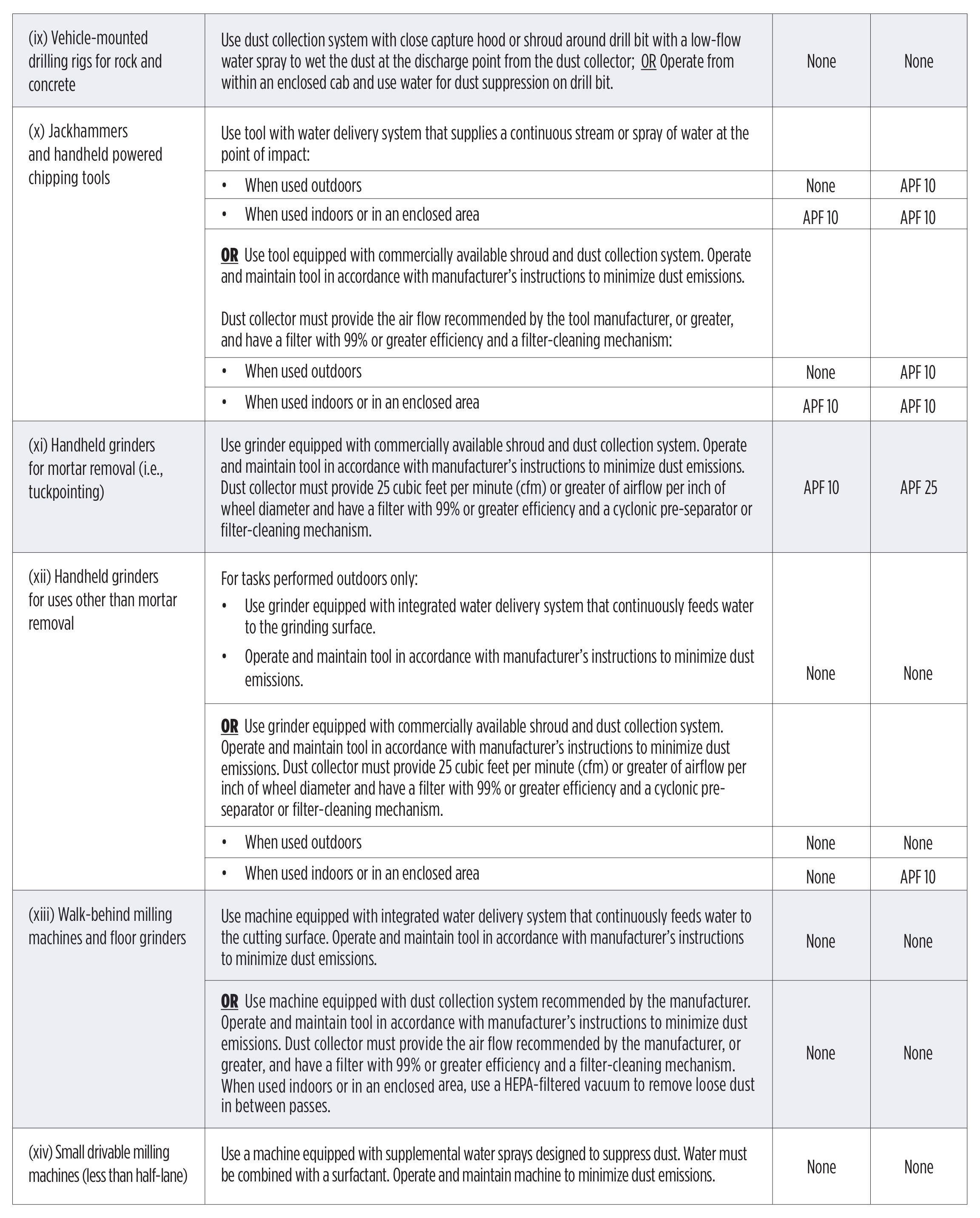For more information on the sm 4000 personal silica monitor contact your local air met office.
Personal air monitoring for silica.
Approved sampling methods developed by niosh osha and msha exist for crystalline silica sampling.
The sm 4000 silica monitor is ideal for perimeter monitoring of regulated areas with user set alarms task monitoring recording time history of dust levels and more.
Msha requires regular sampling of sand and gravel pits rock crushers aggregate recycling and stone quarries personal.
To sample worker exposure personal sampling diffusion detector tubes vapor monitoring badges or personal air sampling pumps are all potential options.
Osha 29 cfr 1926 1153 d 2 v limits exposure the time of exposure to crystalline silica to 50 micrograms per cubic meter of air.
The parameters of determining how to monitor for crystalline silica exposure can be found in in 29 cfr 1910 1053.
The most widely used and preferred option is to connect a battery operated pump to a filter medium tubes and filters to collect the contaminant so it can be analyzed and exposures levels.
And of course you re in the best hands as sgs galson currently meets all of the new laboratory qualifications for silica and we re ready to help.
Under the rcs standard s scheduled monitoring option employers must conduct initial monitoring to assess the 8 hour twa exposure for each employee on the basis of one or more personal breathing zone air samples that reflect the exposures of employees on each shift for each job classification and in each work area.
Option 2 perform air monitoring.
New regulations are changing standards for silica dust exposure.
Sampling involves the use of a pump to collect a sample onto a filter that can be sent to a lab for analysis.
Sampling the air for respirable silica when a dust producing task is being performed is the best way to determine if and how much silica dust is in the air the worker is breathing.
How do you monitor silica dust.
Note the final rule reduces the permissible exposure limit for crystalline silica to 50 micrograms per cubic meter of air averaged over an eight hour shift.
Since the new osha respirable crystalline silica rule was issued many health and safety professionals have had to evaluate how they will achieve compliance.

